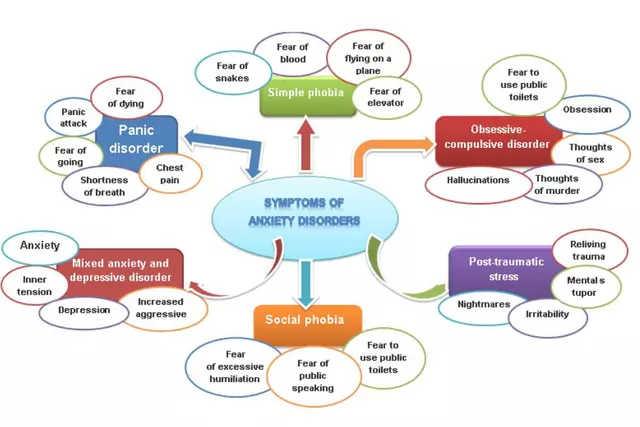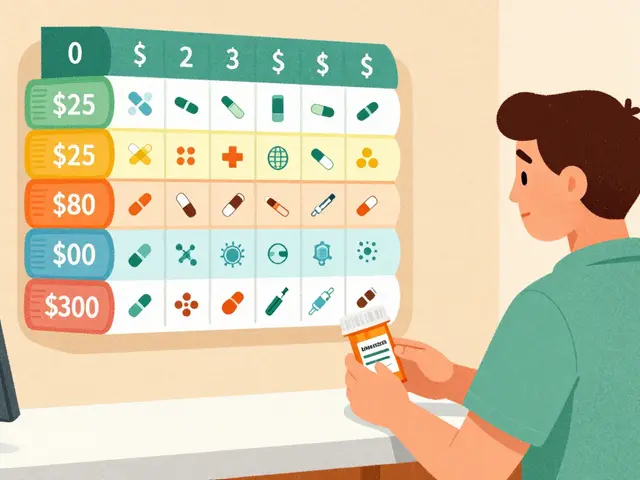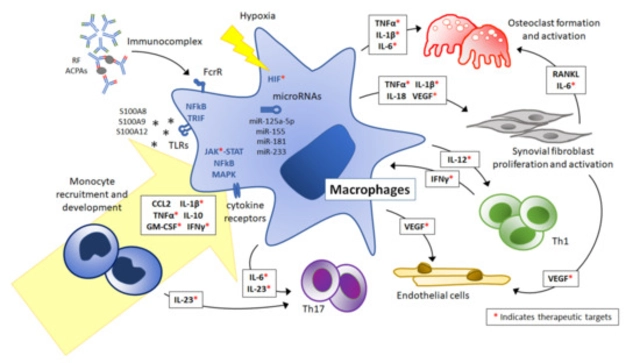Relaxation Techniques: Your Toolkit for Everyday Calm
When you hear the term Relaxation Techniques, methods that deliberately lower physiological arousal and quiet the mind, helping the body recover from stress. Also known as stress‑relief practices, they are a cornerstone of modern wellness. Right alongside, Mindfulness Meditation, a focused‑attention practice that trains awareness of breath and thoughts without judgment (sometimes called simply mindfulness) offers a mental reset. Deep Breathing, controlled inhalation and exhalation that activates the parasympathetic nervous system (often called diaphragmatic breathing) reduces heart rate in minutes. Finally, Progressive Muscle Relaxation, a step‑by‑step tension‑release routine for major muscle groups (also known as PMR) teaches the body to sense and release tightness. Together, these approaches form a practical arsenal for anyone looking to calm nerves, improve focus, and sleep better.
How These Practices Interact and Why They Matter
Relaxation techniques encompass mindfulness meditation, deep breathing, and progressive muscle relaxation, creating a layered system where each method supports the others. Mindfulness meditation requires a quiet space and consistent attention, but incorporating deep breathing can quickly settle wandering thoughts, making the meditation session smoother. Deep breathing influences heart rate variability, a key indicator of stress resilience, which in turn boosts the effectiveness of progressive muscle relaxation by allowing muscles to release tension more fully. Progressive muscle relaxation benefits from the mental clarity gained through mindfulness, as you become better at noticing subtle cues of tightness. When you blend these techniques, you get a comprehensive stress‑management strategy that works both mentally and physically, making it easier to handle high‑pressure days at work, tight deadlines, or evening anxiety.
Our collection below shows how each technique can be applied to real‑life problems. You’ll find a guide comparing popular erectile‑dysfunction meds that oddly includes stress‑reduction tips, a deep dive into rheumatoid arthritis pain where breathing exercises lower flare‑up intensity, and a piece on shift work disorder that recommends progressive muscle relaxation for night‑shift workers. Whether you’re battling chronic pain, trying to quit smoking, or simply looking for better sleep, the articles demonstrate concrete steps, dosage‑like recommendations (how many breaths per minute, how long to hold each muscle tension), and easy‑to‑follow routines. By the end of this list you’ll have a menu of specific actions – from a 5‑minute breath count before a meeting to a 10‑minute PMR before bed – ready to slot into your daily schedule. Ready to see how these methods fit into your health journey? Browse the posts below and pick the techniques that match your needs.

- Oct 14, 2025
- Posted by Cillian Osterfield
Motion Sickness and Anxiety: How to Manage Both Effectively
Learn how motion sickness and anxiety feed each other and discover practical breathing, diet, vestibular, and medication strategies to feel better on any trip.
Categories
- Health and Wellness (61)
- Medications (45)
- Health and Medicine (22)
- Pharmacy Services (11)
- Mental Health (5)
- Health and Career (2)
- Medical Research (2)
- Business and Finance (2)
- Health Information (2)
Latest Posts
©2025 heydoctor.su. All rights reserved





